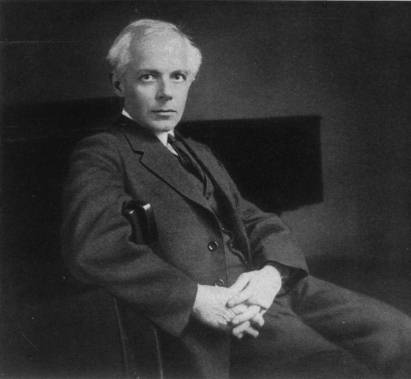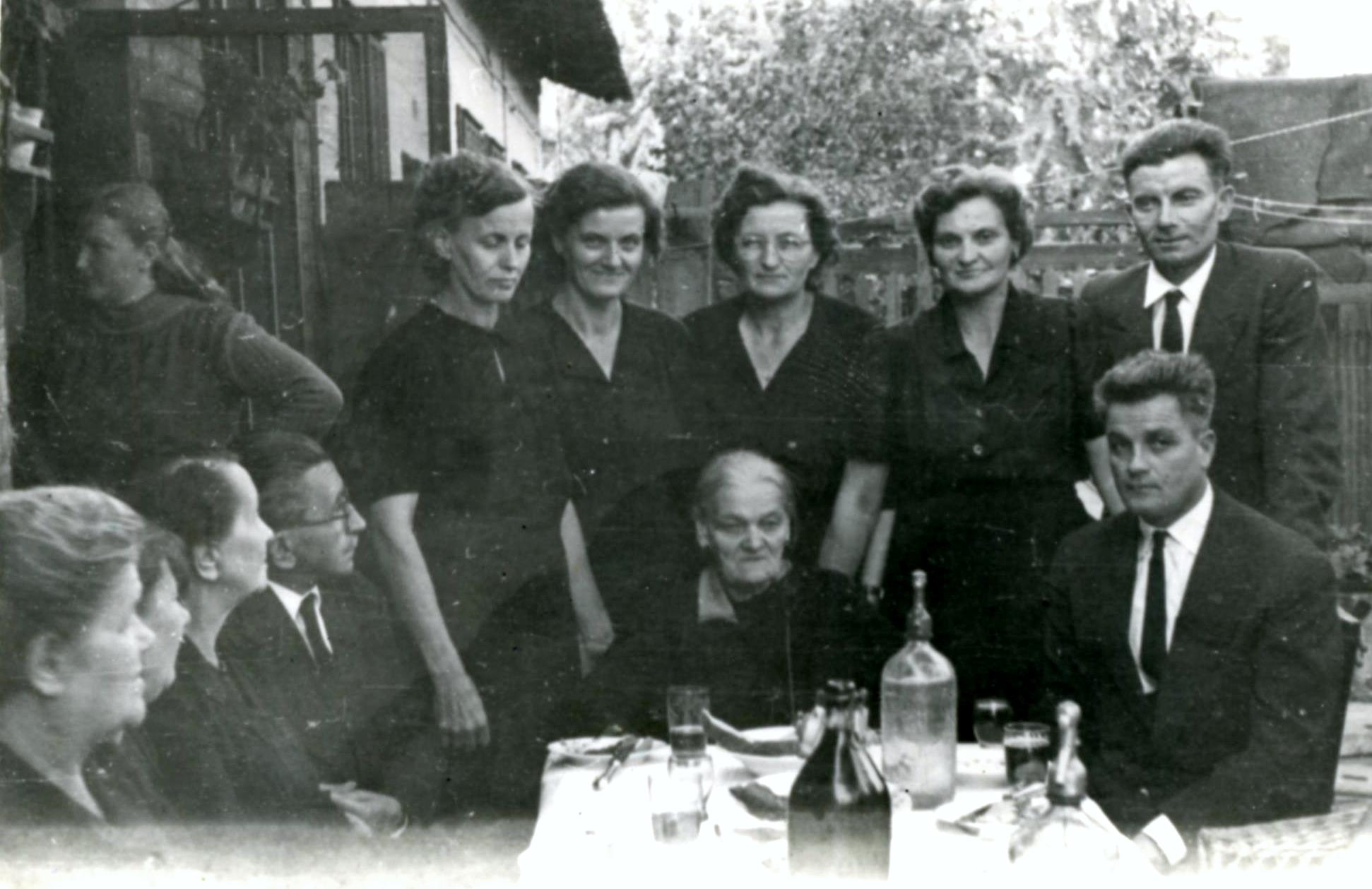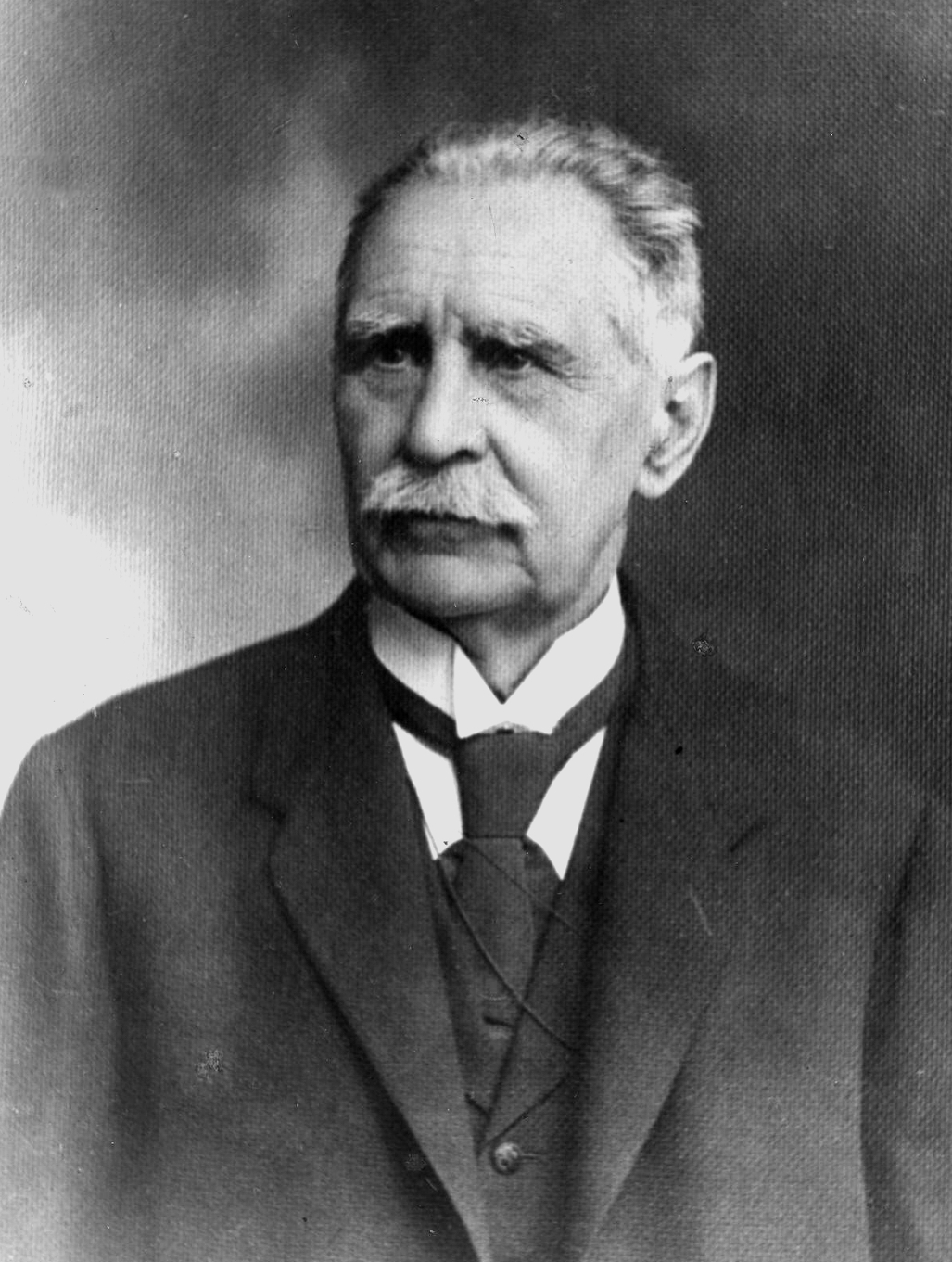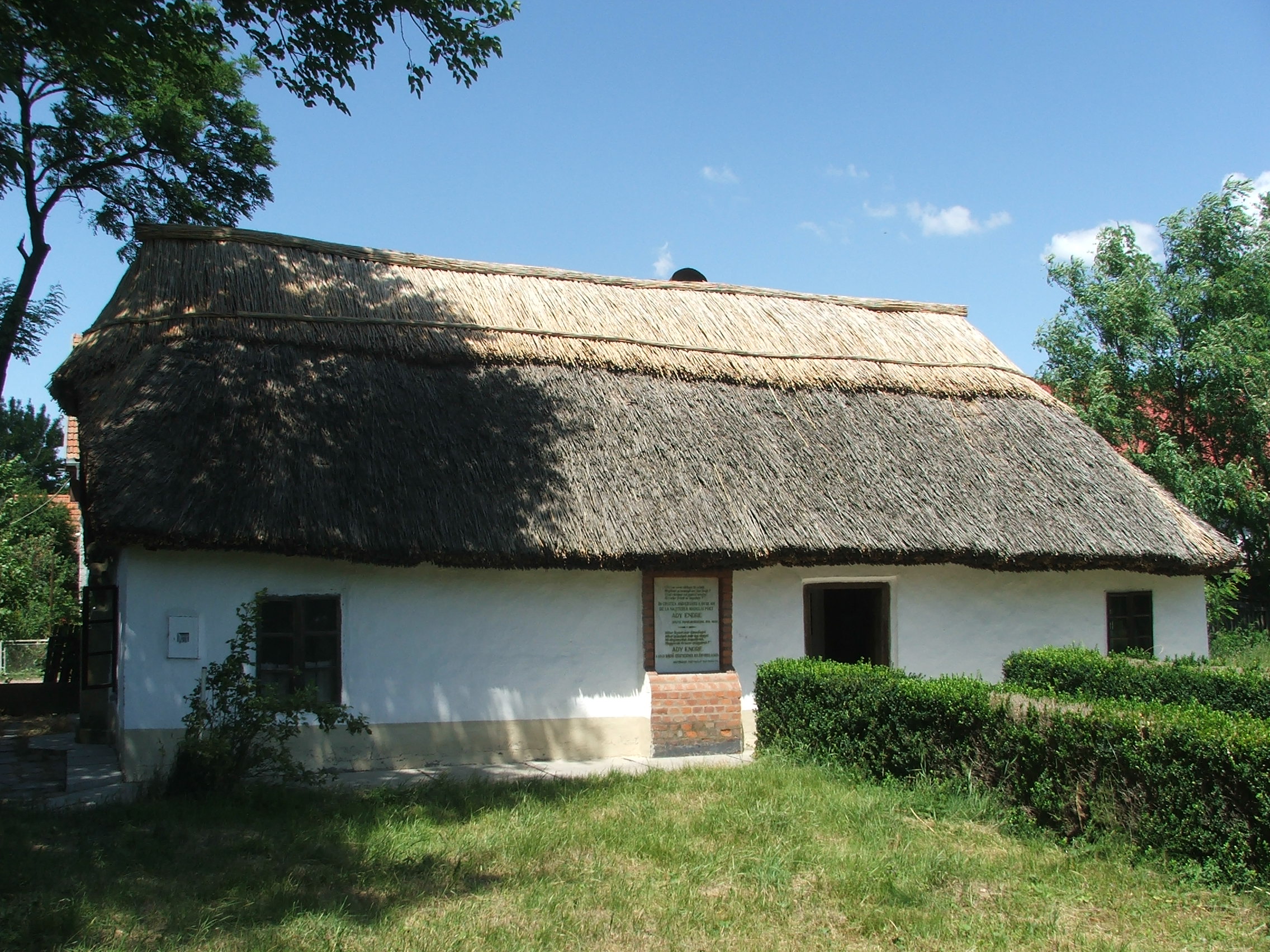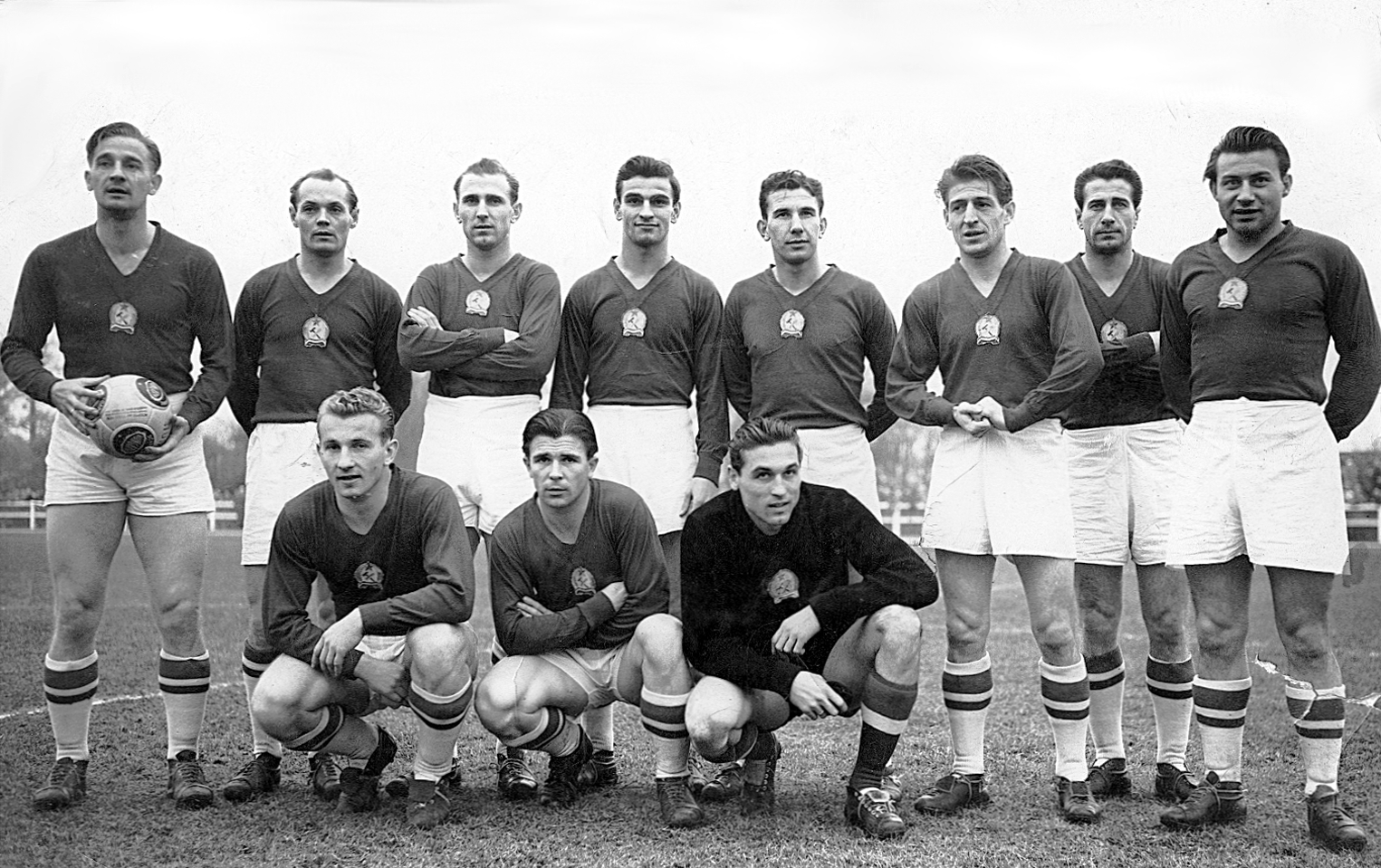|
Farkasréti Cemetery
Farkasréti Cemetery or Farkasrét Cemetery ( hu, Farkasréti temető) is one of the most famous cemeteries in Budapest. It opened in 1894 and is noted for its extensive views of the city (several people wanted it more to be a resort area than a cemetery). It comprises tombs of numerous Hungarian notables and it is the most preferred burial place among actors, actresses and other artists (opera singers, musicians, painters, sculptors, architects, writers, poets). The cemetery is also home to the tombs of several scientists, academicians and athletes. Graves are often decorated with noteworthy sculptures. It was provided with parks in the 1950s, when it took on its present appearance and extent. The mortuary hall and the new chapel were built in the 1980s to the plans of Imre Makovecz. In the Communist era, funerals were restricted in Kerepesi Cemetery, so it became the main cemetery for those who couldn't get one. It is located in Buda (the Western part of Budapest), approximate ... [...More Info...] [...Related Items...] OR: [Wikipedia] [Google] [Baidu] |
Béla Bartók
Béla Viktor János Bartók (; ; 25 March 1881 – 26 September 1945) was a Hungarian composer, pianist, and ethnomusicologist. He is considered one of the most important composers of the 20th century; he and Franz Liszt are regarded as Hungary's greatest composers. Through his collection and analytical study of folk music, he was one of the founders of comparative musicology, which later became ethnomusicology. Biography Childhood and early years (1881–98) Bartók was born in the Banatian town of Nagyszentmiklós in the Kingdom of Hungary (present-day Sânnicolau Mare, Romania) on 25 March 1881. On his father's side, the Bartók family was a Hungarian lower noble family, originating from Borsodszirák, Borsod. His paternal grandmother was a Catholic of Bunjevci origin, but considered herself Hungarian. Bartók's father (1855–1888) was also named Béla. Bartók's mother, Paula (née Voit) (1857–1939), also spoke Hungarian fluently. A native of Turócszentmár ... [...More Info...] [...Related Items...] OR: [Wikipedia] [Google] [Baidu] |
Ferenc Deák (footballer)
Ferenc Deák (16 January 1922 – 18 April 1998) was a Hungarian footballer who played as a striker for clubs such as Szentlőrinci AC, Ferencváros and Budapesti Dózsa, and who played internationally for Hungary, scoring 29 goals in just 20 caps. His nickname was Bamba. With over 795 goals in official matches scored during his career, the bulk of which came during WWII, Deák is the seventh top goalscorer of all time. Early life He was born on 16 January 1922 in Ferencváros, Budapest. Deák, who also worked in his family's bakery, began his career as a goalkeeper at the age of thirteen, but his parents banned him from football when a shot hit him in the head and he lost consciousness. However, outside the field, his talent to strike a ball skilfully, powerfully and accurately was quickly noticed by a coach who was searching for talent, and that coach subsequently managed to convince his parents that the boy could continue playing, but they made a condition: he could no lo ... [...More Info...] [...Related Items...] OR: [Wikipedia] [Google] [Baidu] |
Béla Czóbel
Béla Czóbel (4 September 1883 – 30 January 1976) was a Hungarian painter, known for his association with The Eight in the early 20th century in Budapest. They were known for introducing Post-Impressionist styles into Hungary, in addition to Fauvism, Cubism and Expressionism. Biography Béla Czóbel was born to a Jewish-Hungarian family in Budapest in 1883.Adrian M. Darmon, ''Autour de l'art juif: Encyclopédie des peintres, photographes et sculpteurs'' Paris: Carnot, 2003, p. 50, accessed 1 February 2013 He became a student of in the [...More Info...] [...Related Items...] OR: [Wikipedia] [Google] [Baidu] |
János Csonka
János Csonka (22 January 1852 in Szeged – 27 October 1939 in Budapest) was a Hungarian engineer, the co-inventor of the carburetor for the stationary engine with Donát Bánki, patented on 13 February 1893. Life Csonka, self-educated in many fields, had no university degree, but became one of the greatest figures of Hungarian engineering industry, and with the carburetor he has heavily contributed to technical development in the world. He studied the Lenoir motor in Paris in 1874 and there he recognized the prospects of the internal combustion engine. He became head of the training workshop at the Technical University of Budapest at the age of 25 where he employed skilled workers at his own expense, which allowed him to use the workshop for his experiments. Csonka retired at the age of 73 and filed his last patent application at the age of 84. Inventions As the head of the workshop in 1879, Csonka invented the first Hungarian gas engine, several other engines and ve ... [...More Info...] [...Related Items...] OR: [Wikipedia] [Google] [Baidu] |
Tamás Cseh
Tamás Cseh (22 January 1943 in Budapest – 7 August 2009 in Budapest) was a Hungarian composer, singer and actor. He won the Kossuth Prize The Kossuth Prize ( hu, Kossuth-díj) is a state-sponsored award in Hungary, named after the Hungarian politician and revolutionist Lajos Kossuth. The Prize was established in 1948 (on occasion of the centenary of the March 15th revolution, the ... and also the Liszt Ferenc prize. From 1967 to 1974 he taught art at a primary school in Budapest. From 1970 he worked together with Géza Bereményi, composing several popular songs. Discography * Levél nővéremnek (1977, with János Másik) * Antoine és Désiré (1978) * Fehér babák takarodója (1979) * Műcsarnok (1981) * Frontátvonulás (1983) * Jóslat (1984) * Utóirat (1987) * Mélyrepülés (1988) * Vasárnapi nép (1989, live album) * Cseh Tamás - Bereményi Géza válogatáslemez (1990) * Új dalok (1990) * Nyugati pályaudvar (1993) * Levél nővéremnek 2. (1994, with Já ... [...More Info...] [...Related Items...] OR: [Wikipedia] [Google] [Baidu] |
Endre Ady
Endre Ady (Hungarian: ''diósadi Ady András Endre,'' archaic English: Andrew Ady, 22 November 1877 – 27 January 1919) was a turn-of-the-century Hungarian poet and journalist. Regarded by many as the greatest Hungarian poet of the 20th century, he was noted for his steadfast belief in social progress and development and for his poetry's exploration of fundamental questions of the modern European experience: love, temporality, faith, individuality, and patriotism. Biography Ady was born in Érmindszent, Szilágy County (part of Austria-Hungary at the time; now a village in Căuaș commune, Satu Mare County, Romania, called Adyfalva in Hungarian and Ady Endre in Romanian). He belonged to an impoverished Calvinist noble family. Endre was the second of three children. The eldest, a girl named Ilona, died at an early age. The author and poet Mariska Ady (1888-1977) was a niece of Endre Ady. Between 1892 and 1896, Ady attended the Calvinist College in Zilah (today Zalău, ... [...More Info...] [...Related Items...] OR: [Wikipedia] [Google] [Baidu] |
Golden Team
The Golden Team ( hu, Aranycsapat; also known as the Mighty Magyars, the Magical Magyars, the Magnificent Magyars, the Marvellous Magyars, or the Light Cavalry) refers to the Hungary national football team of the 1950s. It is associated with several notable matches, including the " Match of the Century" against England in 1953, and the quarter-final (" Battle of Berne") against Brazil, semi-final (against Uruguay) and final of the 1954 FIFA World Cup ("The Miracle of Bern"). The team inflicted notable defeats on then-footballing world powers England, Uruguay and the Soviet Union, before the 1956 Hungarian Revolution caused the breakup of the side. Between 1950 and 1956, the team played 69 games, recorded 58 victories, 10 draws and just one defeat, in the 1954 World Cup final against West Germany. Under the Elo rating system they achieved the highest rating recorded by a national side (2231 points, achieved on 30 June 1954). In 2016 the BBC listed the team as the best internation ... [...More Info...] [...Related Items...] OR: [Wikipedia] [Google] [Baidu] |
József Bozsik
József Bozsik (; 28 November 1925 – 31 May 1978) was a Hungarian footballer who played as a central midfielder. He spent his entire club career at his hometown club, Budapest Honvéd. Bozsik was a key member of the legendary Golden Team as he represented Hungary in various international tournaments. Honvéd named their stadium, Bozsik József Stadion, after him. Early life József Bozsik was born in Kispest, now a district of Budapest. Given the nickname "Cucu" by his grandmother, he grew up playing football on the local football grounds in Kispest with his best friend and neighbour Ferenc Puskás. Playing career As an 11-year-old, Bozsik attracted the attention of Budapest Hónved and the club signed him to the youth team. In 1943, he made his debut for the first team against Vasas SC. He made his debut for Hungary at the age of 21 against Bulgaria on 17 August 1947 and went on to win 101 caps and score 11 goals between then and his final cap on 18 April 1962 aga ... [...More Info...] [...Related Items...] OR: [Wikipedia] [Google] [Baidu] |
Sándor Bíró
Sándor Bíró (19 August 1911 – 7 October 1988Profile worldfootball.net; accessed 15 October 2017.) was a Hungarian international who played as a defender. He played for the Hungarian national team 54 times between 1932 and 1946, and he played in all four Hungarian matches in the |
Aurél Bernáth
Aurél Bernáth (1895–1982) was a Hungarian painter and art theorist. He studied at Nagybánya with István Réti and János Thorma. Bernath fought as a soldier in the First World War and moved to Vienna in 1921. Bernath's painting style was heavily influenced by the onslaught of German Expressionism. He was invited to Berlin by Herwarth Walden Herwarth Walden (actual name Georg Lewin; 16 September 1879, in Berlin – 31 October 1941, in Saratov, Russia) was a German expressionist artist and art expert in many disciplines. He is broadly acknowledged as one of the most important discove ... where his work was exhibited at the now-defunct Sturm Gallery between 1922 and 1924. Two years later, he returned to Hungary and joined the KUT (Képzőművészek Új Társasága, New Society of Artists), becoming one of the leading figures of the Gresham Circle of artists during the 1930s. He taught at the Hungarian Academy of Fine Arts from 1945 to 1974. From 1948 to 1949, he worked as a ... [...More Info...] [...Related Items...] OR: [Wikipedia] [Google] [Baidu] |
